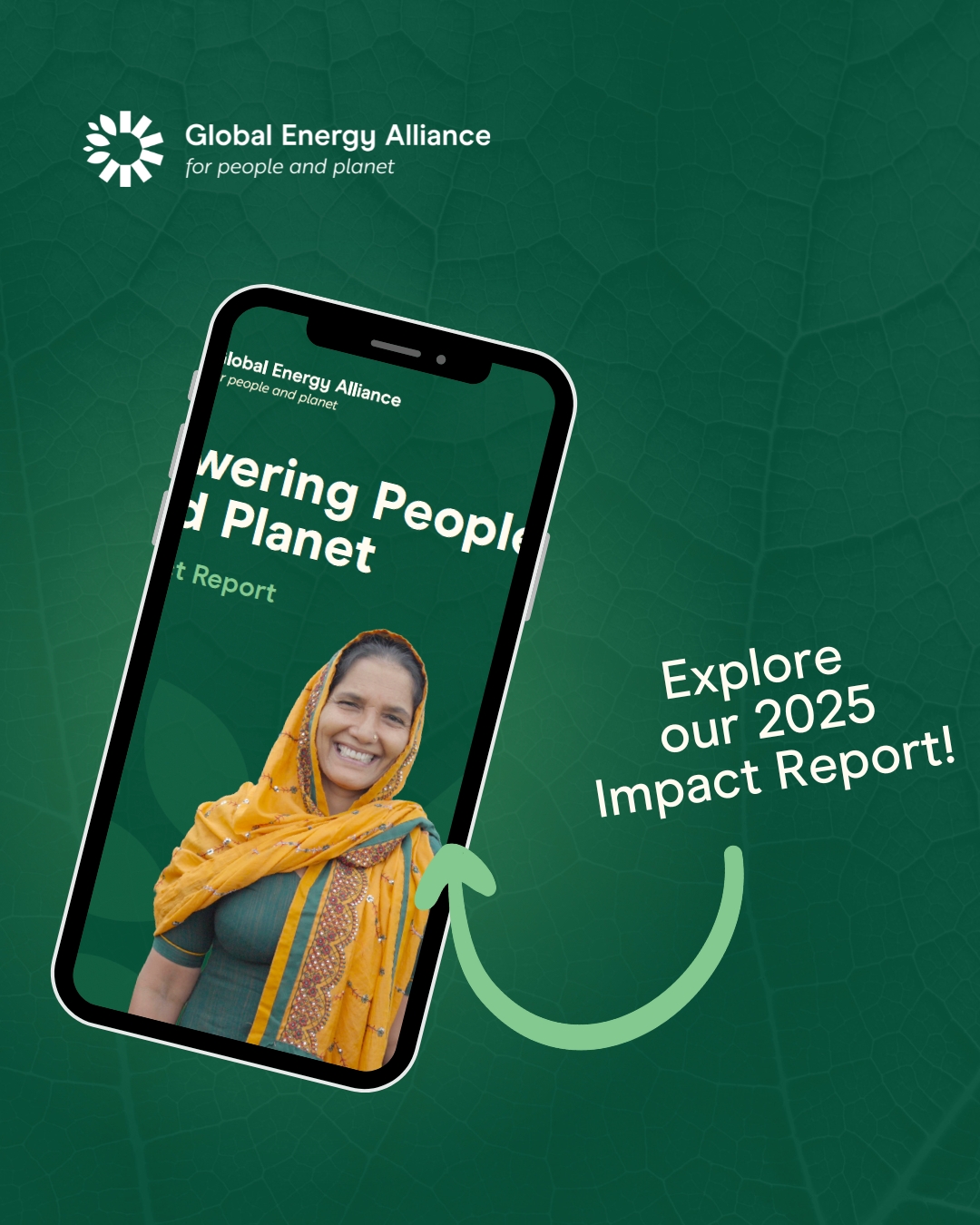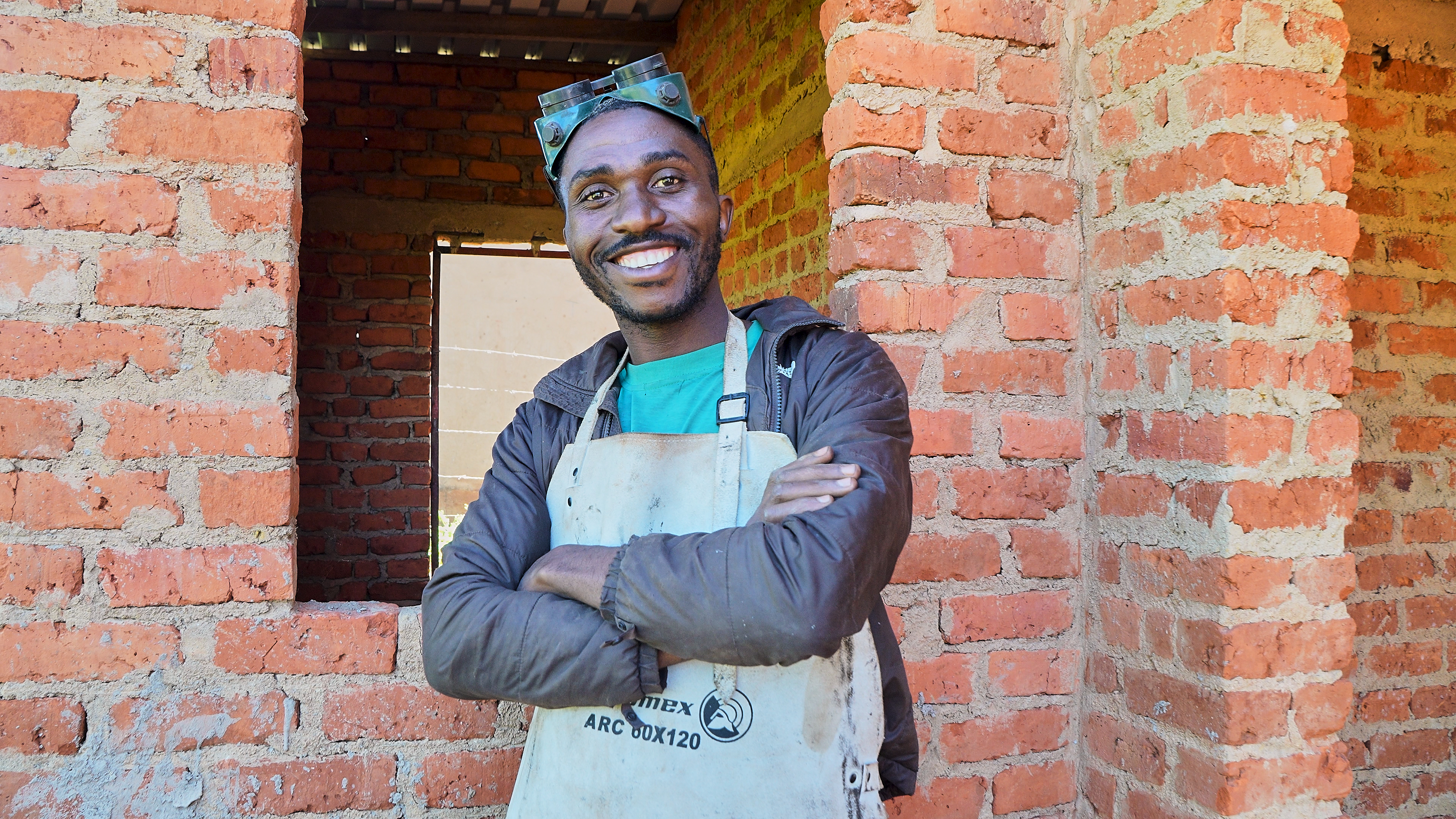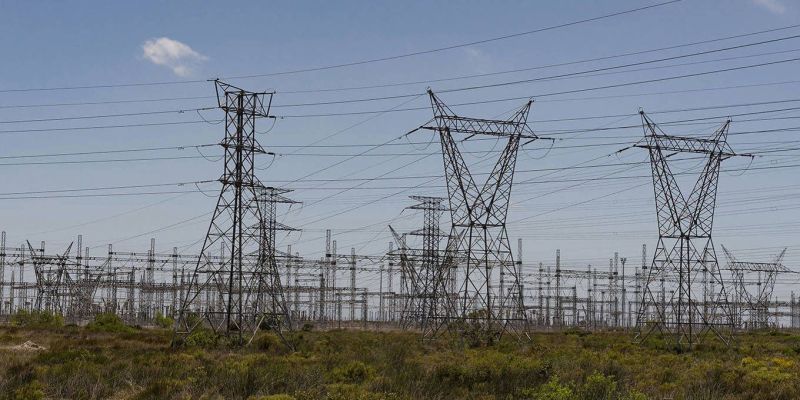Why Kenya’s boda boda drivers are going electric

For people who live in non-oil-producing countries, geopolitical crises and the resulting impact on imported gas has special significance.
In Kenya, it is taking a bigger bite than ever out of the profits of the country’s three million motorcycle taxi drivers, famously known as boda boda.
But for Lilian Muyonga, a rider in Dagoretti South, Nairobi, the bottom line has never looked better. Thanks to her electric motorcycle, she never spends a cent on fuel.
“I used to spend around 700 shillings on fuel,” she says. “Now, with the electric motorcycle, I only spend about 200 shillings on electricity. I can charge it at my house and then I’m good to go for the whole day.”
On average, Kenya’s motorcycle taxi drivers make around $10 a day, but spend nearly half of that on gasoline. Eliminating that cost can double their daily take-home pay. Maintenance costs are much lower, too.
Lilian, a mother of two, is part of a quiet – and clean – electric vehicle revolution in Kenya that can help fortify the country against fluctuating oil prices, and provide a host of new employment opportunities for young people.
These opportunities are vital. Over the next 15 years, more than 1.2 billion young people across the Global South will reach working age. Under current conditions, only 400 million of them will find jobs, a mismatch destined to fuel even greater economic inequality and social instability.
On a recent visit to Roam, a pioneering electric mobility company based in Nairobi, Ravi Venkatesan, chairman of the board at the Global Energy Alliance for People and Planet and founder of Global Alliance for Mass Entrepreneurship celebrated the job creating opportunities of electrification.
“This is the kind of thing that thrills me,” he said. “Mass entrepreneurship. Not elite, venture capital-backed startups, but millions of ordinary people building small businesses that each create a handful of jobs. It’s a quiet revolution with extraordinary potential.”
Roam designed, manufactured and sold Lilian’s motorcycle known as Roam Air, with start-up support from the Energy Alliance. It now employs 250 people and aims to manufacture 50,000 motorcycles a year, expanding throughout East Africa.
“When we started in 2017 there were just 18 electric vehicles in the whole country,” says Filip Lovstrom, Founder and CEO of Roam. “Today we’re deploying more than that daily – sometimes as many as 80 bikes in a single day.”
“Our products are made in Africa, by Africa, and for Africa. We don’t rely on imports from everywhere else. We can build our products ourselves. We can design them ourselves, here in Kenya, for the Kenyan market. We’re making sure that the electric wave, now that it’s coming, is as Kenyan as possible.”
The benefits extend far beyond the motorcycle drivers and the people working directly in Roam’s factory. New industries around battery swapping, charging stations and motorcycle servicing and maintenance are providing a wealth of opportunities.
Challenges remain. Sparse charging infrastructure, especially in rural areas is a major limitation to the widespread adoption of electric vehicles. And because most EVs are more expensive to purchase, policy changes that favor EV adoption and innovative loans and financing mechanisms are crucial.
Mission 300 is an initiative to provide electricity access to 300 million people in Sub-Saharan Africa by 2030. Spearheaded by the World Bank and the African Development Bank, with support from the Global Energy Alliance for People and Planet, Sustainable Energy for All and the Rockefeller Foundation, it aims to address the significant energy access gap in the region, where nearly 600 million people currently lack electricity. Through support for governments to set and deliver on clean energy goals, the Alliance is helping create a favorable policy environment that will spur economic growth and help the developing world close its looming job gap.
Lilian became a boda boda driver six years ago, after the COVID-19 pandemic ended her career as a hotelier.
Before she bought her Roam Air, she had never seen an electric motorcycle on the street. But now she says she can’t drive more than 5 minutes without catching sight of another fuel-free boda boda. She now has enough money to pay bills and school fees and care for her two children.
“The future is electric,” she says. “The decision to switch to an electric motorbike is the best thing I have ever done.”



